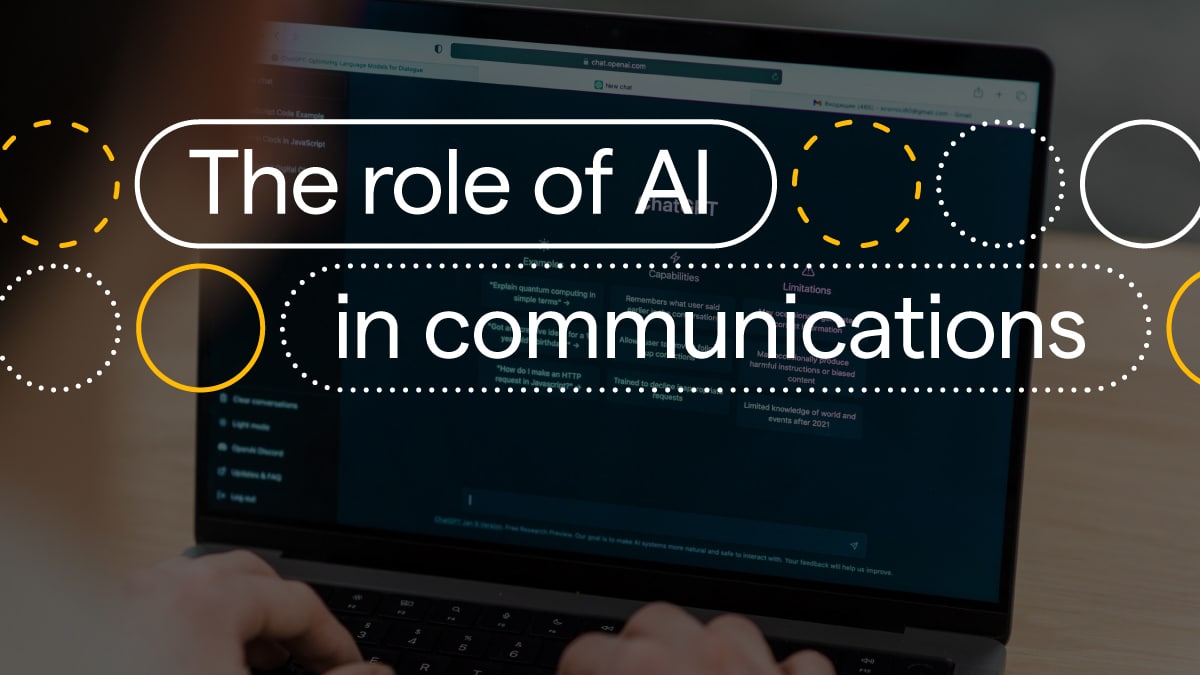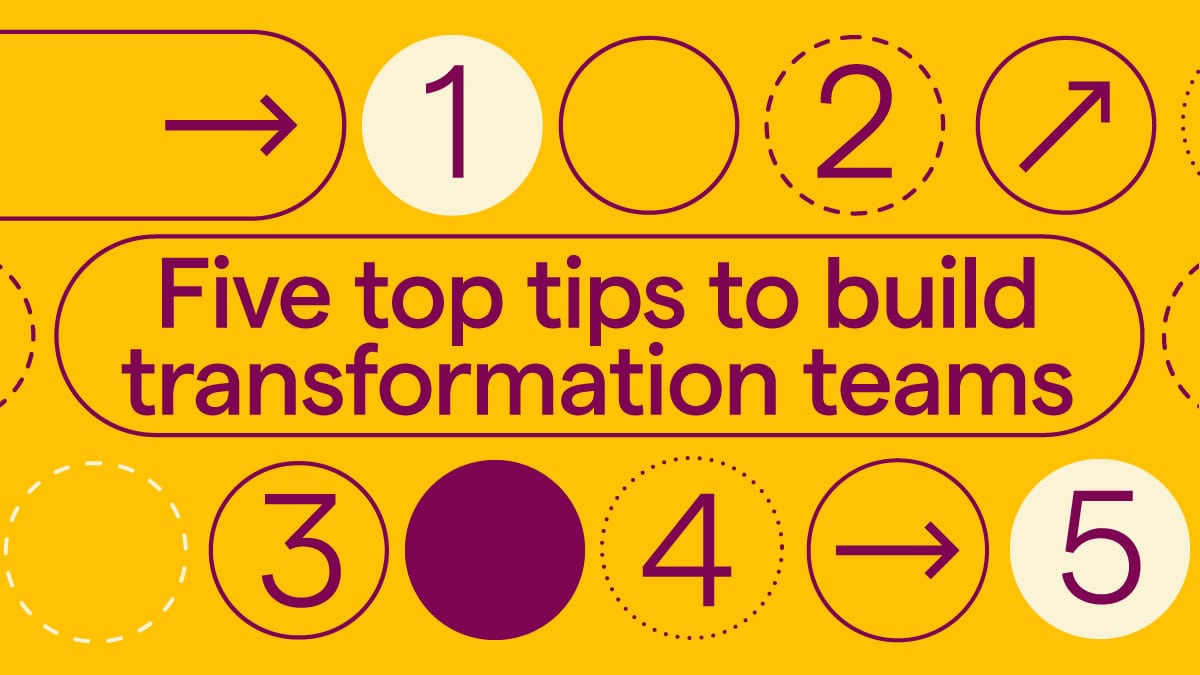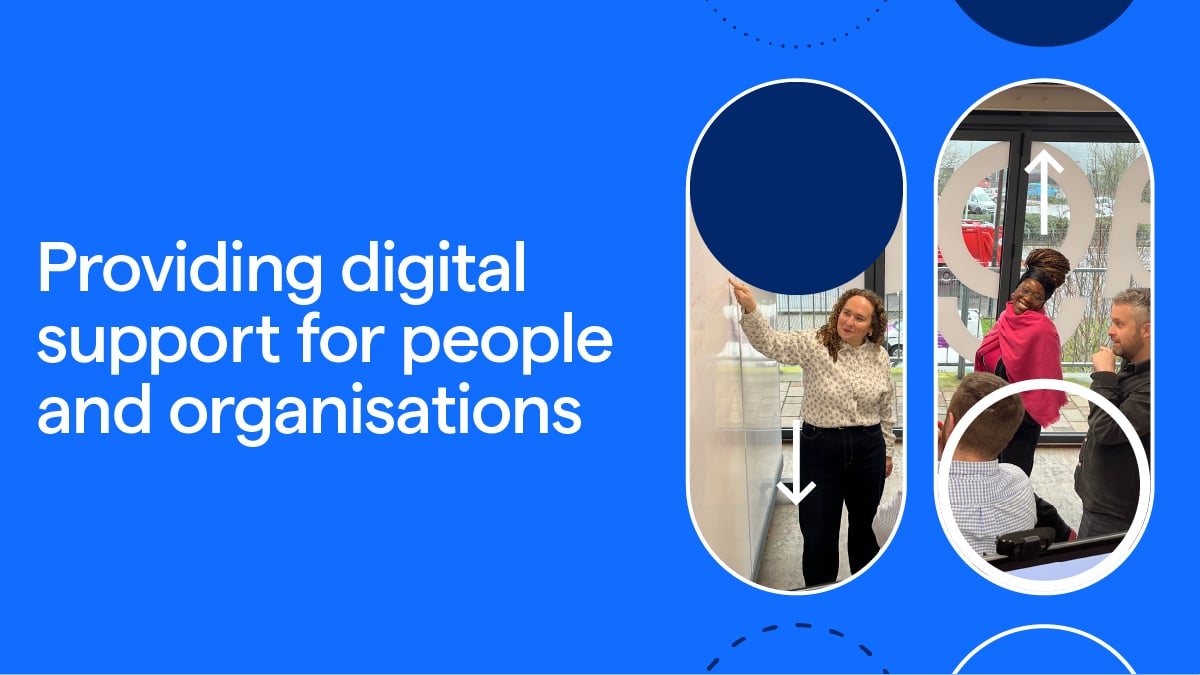The role of AI in communications
5 min read Written by: Sarah Fea
I will be the first to admit that generative AI platforms help me in my comms role when I have writer’s block or need to summarise lengthy documents—and I’m not the only one!
The use of AI among comms professionals is on the rise
A recent survey among comms professionals found that at least 56% of all respondents used AI in their daily work, and all the respondents also stated that their usage of AI tools has increased since last year.
The most used tool is ChatGPT, with 53% of respondents using either the free, the paid version or both. This increase highlights a growing recognition of AI’s value in everything from streamlining operations to helping content creation. With its continuous improvement and refinement, it would be remiss of me to ignore AI’s ability to process vast amounts of data and generate appropriate content, which can significantly reduce the time and resources traditionally required for content development. This allows communicators to focus more on strategy and less on the mechanics of content production.
Is AI being used appropriately?
However, is AI always used appropriately? Probably not, so let me give you an example. As a marketing and communications manager, I spend a lot of time creating, sharing, and reading content on most social media platforms. What has become apparent is that in a number of circumstances, AI platforms are used to generate content, and the content is then shared without personalisation. This creates an overall repetitive, monotonous experience where all the content reads and sounds the same.
I think this will result in a feedback loop of content over time. The more AI-generated content that gets published without customisation or personalisation, the more that content gets picked up by the algorithms as ‘popular’ content by the AI learning engines.
How do you tell if content has been written with AI?
These are some of the main giveaways that content has been written with AI:
- Repetition: AI sometimes produces nonsensical or odd sentences, such as abrupt shifts in tone, style, or topic. While comms professionals often vary structure to create a better flow, repeated phrases (such as ‘Foster a culture/environment of’) or sentence structures can suggest that AI relies more on memorised patterns.
- Lack of context: If the text you are reading misses the point or references something completely unrelated, it can be a big sign of AI. If content feels formulaic in both its grammar and content, it’s often because it lacks the ‘human element.’
- Buzzwords: Excessive use of buzzwords and jargon can signify AI is filling the gaps in its knowledge with generic vocabulary.
- Contradiction: AI often structures perfectly fluent sounding sentences, but when you look deeper, it will contradict itself in the same sentence.
- Use AI detecting software: There are a number of platforms which scan content for AI or plagiarised content, both free and via paid subscription, I have used https://undetectable.ai/ and https://phrasly.ai/
How can communications professionals use AI effectively?
So, as a comms professional, how should I utilise AI to its full potential? Here are some ideas:
- Generating content ideas: AI platforms are great at providing broad content; use this to its full potential by asking to brainstorm content ideas and draft content structure.
- Analysing content: If allowed by your company policies, and if you’re not analysing sensitive information, analysing survey data via AI will save you a lot of time! Remember to ask for specific prompts, and always check the results.
Does AI accommodate Welsh language provision?
As a native Italian speaker, I often think about AI’s role in translating, summarising, and understanding the different nuances of language. But can AI support languages with less native speakers, like Welsh? I asked my fellow Perago Comms expert Em (a native Welsh speaker) her view on AI’s role when creating content in Welsh; she said, “This would have made a massive difference to me in my old role, in a time-poor team and needing to act fast in both English and Welsh to get reactive content out there. Also at the ideas stage of a project, it takes us closer to designing in Welsh, rather than translating from English. Acknowledging that some of this content may have been pulled and translated within Chat Gpt, it still helps in shaping thoughts and testing things e.g. the question I asked about sayings referring to bad weather was really insightful – I expected to see those things that were at the top of the list, but there were other things in there I didn’t know and could prove useful… if I was tasked with writing about terribly rainy days in Wales!”.
My main takeaways when using AI are to always remember to review and edit the output of any AI content with the human eye. Check for regional nuance in language and cross-check data and facts, as accuracy is paramount. Also, remember to keep your tone of voice in mind, beware of jargon, always fact-check the results, and never share sensitive information.




